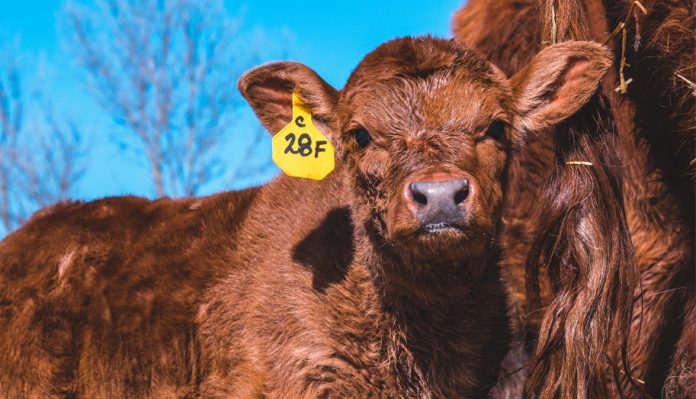Keeping track of cattle is a complicated job. Like any other kind of livestock, it can be hard to manage so many animals. The best way for a farmer today to do this is through cattle tagging. An important part of animal identification, proper tagging can make all the difference for those trying to ensure their business is run as smoothly, efficiently, and profitably as possible.
Choose the Right Tags
Like the rest of the farming industry, cattle tagging has come a long way in recent years, with both basic and high-tech options available.
At their most basic, tags are simply small strips of plastic on which a farmer can write an animal’s basic information for easy reference. RFID tags for cattle are more advanced, using radio frequency identification technology and software to keep track of each animal in a herd remotely, to download and update detailed records of identifying characteristics via computer, and to scan animals quickly and easily even when they’re on the move.
Smaller farmers may have little need for such advanced options, but larger ones will find them indispensable.
Disinfect Tags and Tools
Tagging an animal is essentially the same as giving it a small ear piercing with a complementary, permanent earring. As anyone who has ever gotten any kind of piercing will tell you, cleanliness is important to reduce the chances of infection.
For farmers, maintaining good hygiene in their animals is crucial to maintaining good health. That’s why, when tagging an animal, the cattle’s ear should be thoroughly cleaned, with special attention paid to the tag site in particular. The tag itself and the jaw of the applicator should also be well-cleaned with rubbing alcohol or hydrogen peroxide.
In the days and weeks following the tagging process, it’s important for a farmer to inspect their cattle several times to make sure the tags are fitted securely and to watch for signs of infection, such as redness, swelling, or discharge.
Keep Your Animal Secured
Animals can be as unpredictable as people, and just as dangerous. During tagging, unrestrained cattle pose both a danger both to themselves and to others.
Although cattle tagging is a humane, minimally invasive procedure with little pain, animals don’t understand and may become frightened while being tagged. It’s important to perform the tagging in a secure place where the animal won’t be able to panic and cause damage, and also to follow all personnel safety standards to the letter to prevent injury to oneself and any employees who are assisting. Depending on cattle species, either a chute-with-headgate or halter-with-nose-lead combination is recommended.
Finally, after tagging, take time to calm the animal and make sure their discomfort passes before reintroducing them to the herd.

